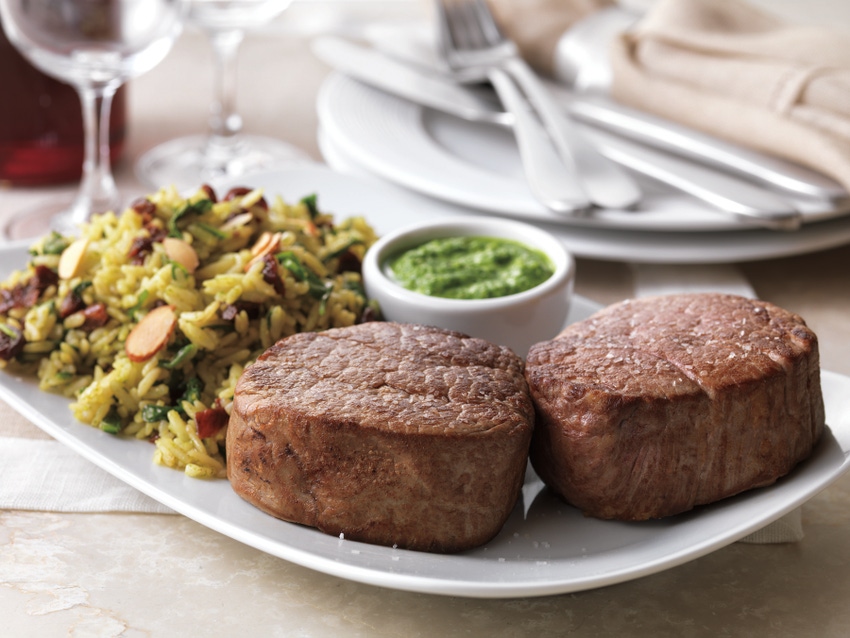Beef demand from foodservice sector will remain constrained despite signs of recovery.

China's foodservice sector is rebounding from COVID-19 restrictions imposed earlier this year, which is good news for U.S. beef exports, according to Joel Haggard, U.S. Meat Export Federation (USMEF) senior vice president for the Asia Pacific based in Hong Kong.
“During the most recent reporting week (ending Aug. 6), new U.S. beef sales to China exceeded 1,900 tons, so that’s getting close to a hundred containers of product being sold to China in just one week -- the largest weekly sales ever,” he said.
What’s driving the increased interest?
First, Haggard said the red meat trade provisions of the U.S.-China Phase One Economic & Trade Agreement, which were implemented in late March, extended eligibility for export to China to a larger share of the U.S. cattle herd.
Second, Haggard said China continues to reel from the impact of African swine fever on the country’s hog herd.
“High pork prices and limited supplies have driven imports of competing proteins to record levels,” he said.
Last, Haggard said Australia, which is the number-one grain-fed beef competitor of the U.S., is facing tight cattle supplies and higher prices. The country is also under a temporary tariff exclusion system. This makes U.S. beef cuts more price competitive in China.
From a demand standpoint, Haggard said China is evolving into more of a grain-fed beef market.
“Having watched how Korea, Taiwan and Japan developed, we think the same process is going to play out in China,” he noted.
A recent Global Agriculture Information Network (GAIN) report from the U.S. Department of Agriculture's Foreign Agricultural Service noted that beef consumption in 2021 is projected to increase slightly to 9.6 million tons, up 1.8%.
At China’s 2020 Agricultural Outlook Conference, a researcher for China’s Ministry of Agriculture & Rural Affairs forecasted that beef consumption will increase to 8.45 million in 2020, representing an increase of 1.4%, and will keep increasing by 2-3% year over year for the foreseeable future.
The current challenge, according to Abraham Inouye, USDA’s attaché in China, is that the hotel and restaurant industry (HRI) is the primary outlet for high-end beef in China. The closure of many high-end hotels and stand-alone restaurants in the first half of 2020 has greatly weakened demand.
“Even with hotels and restaurants opening back up, individual Chinese consumers tend to limit spending to non-essential items in the face of economic uncertainty," Inouye said. "As beef is not a traditional part of the diet for most Chinese consumers and is the most expensive of the available proteins, Chinese consumers have been scaling back their beef consumption.”
Even in the more economically developed eastern China region, Inouye said beef demand from the foodservice sector will remain constrained. He further relayed that as of June 2020, the HRI industry in Beijing, Shanghai and Shenzhen, China, had recovered to 33%, 50% and 55% of pre-COVID-19 levels, respectively.
Haggard said some U.S. beef processors remain cautious about entering the Chinese market, but he foresees more participation as importers, distributors and other prospective buyers are showing heightened interest in U.S. beef. In fact, he said USMEF is holding almost daily activities in the region to teach market participants about attributes of U.S. beef.
According to USMEF, beef exports to China in the first half of 2020 were up 80% from a year ago in both volume, at 6,912 metric tons, and value, at $54.1 million.
About the Author(s)
You May Also Like




.png?width=300&auto=webp&quality=80&disable=upscale)
